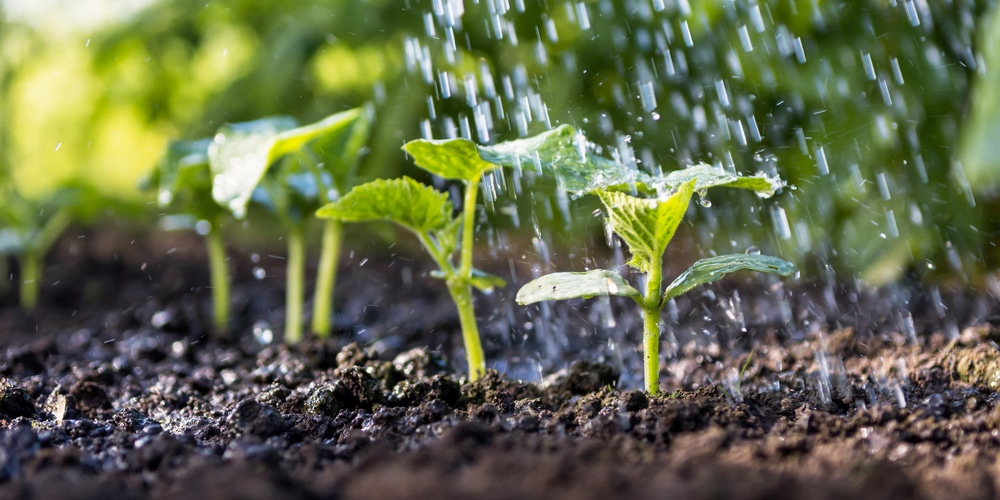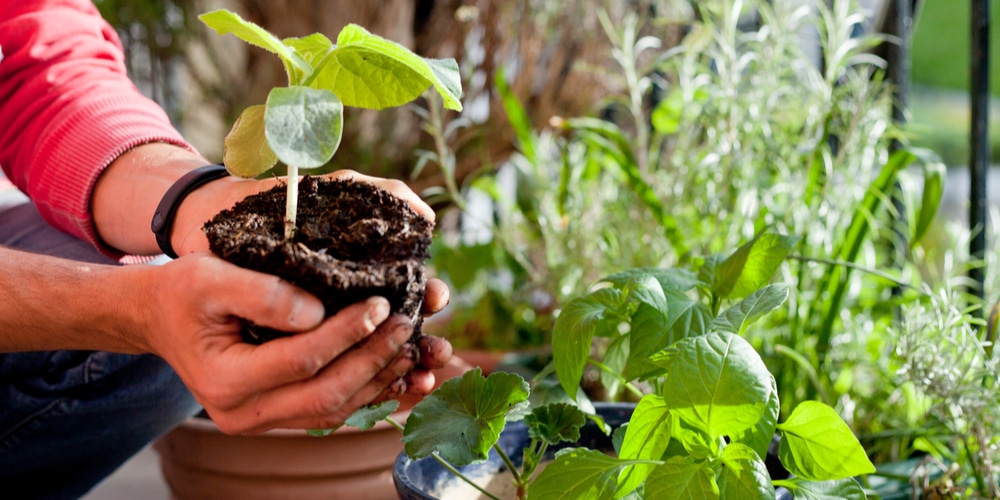Cucumbers are popular vegetables to grow at home. While you can plant cucumber seeds directly in the garden, another option is to transplant them. Choosing the latter might result in a thriving plant in less time but might cause other issues. A common problem is dealing with cucumber transplant shock, which refers to the failure of these plants to adjust when moved to a new spot.
For gardeners, seeing their plants wilting after all of the efforts to make space for them can be daunting. If you wonder why that happened to you, you may benefit from reading this article about cucumber transplant shock. Here, you’ll find some of the most common reasons why it happens and our recommendations to prevent it or treat it.
Lack of Hardening Off
If outdoor conditions are inadequate, it’s best to start cucumbers indoors. Seedlings transplant well if you provide them with enough nourishment. To do so, consider starting the seeds in small pots of biodegradable material such as peat or paper. However, keep in mind that moving them from a controlled environment to the exterior will expose them to heat, cold, rain, wind, and pests in a way they weren’t before. It is best to help them gradually transition outside to prevent them from suffering harsh shock.
To harden your seedlings, you can put your plant in a cold frame or greenhouse to keep exposing them to a different environment that is still slightly controlled. Alternatively, you can use plastic mulch to protect your plants from wind and cold and remove it during sunny days.
Ideally, it is best to transplant your cucumbers in the late afternoon to give them time to establish their roots before dealing with full sunlight.
Disturbance to the Roots
The roots are one sensitive part of any plant, which you should always treat with care. When translating your cucumbers, make sure you do your best to keep most of the soil around them and avoid moving the roots too much. Of course, you shouldn’t touch them with your hands.
Instead, move each seedling directly into the ground without leaving the roots exposed to the exterior elements for too long.
Also, when transporting the plants to the garden, you should avoid damaging them. Bent or broken vines will cause the entire branch to die. Your plant may not survive in such conditions.
Cucumber Transplant Shock: Underwatering
Cucumbers need moisture, especially when trying to adapt to a new environment. Not giving enough water to these plants might cause wilting. In that case, your cucumber leaves might become dry and crispy, which is a common problem of dry and sunny climates and sandy soils. To keep the soil moist, you can also use mulch: place grass clippings, wood chips, or other kinds of organic matter around the plant’s base. Doing so will protect the surface from the sun and wind and keep it moist for longer.
While it is crucial to give your plants enough water, you shouldn’t overdo it.
The symptoms are similar: the plant’s inability to absorb water causes dry leaves. When the soil is moist for too long, the roots rot. You might be able to save a plant with rotten roots by translating it as soon as possible in drier conditions.
Too Much Sunlight
While cucumbers like direct sunlight, ensuring they get some shade while adapting will prevent them from suffering additional stress. Remember that a plant that you transplant is already stressed. Having it deal with a considerable amount of sunlight might make things worse. You can use a bucket whose bottom you cut to protect your plants from both the sun and the wind. Alternatively, consider surrounding your cucumbers with shade fabric.
Pests or Diseases
It is not uncommon for pests or diseases to cause your plants a hard time adapting to their new environment. Bacterial wilt is a common one. If you notice some wilting, be careful how your plants show it. If it seems to last for the entire day, you should consider getting rid of some pests.
Cucumber Transplant Shock: The Bottom Line
Given you ensure your plants do not suffer from cucumber transplant shock, you won’t have to worry too much about them after their establishment. Cucumbers are relatively easy to grow if they receive a proper amount of sunlight and moisture. With that said, this guide should help you make the transition to your garden much less painful and more efficient. Make sure you follow our tips, and you won’t have anything to worry about!

